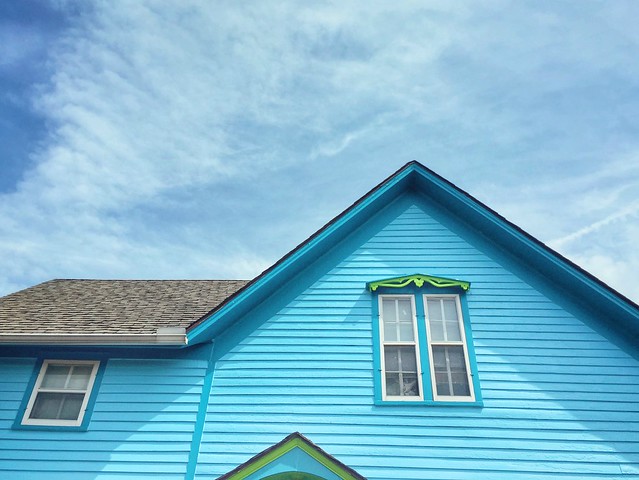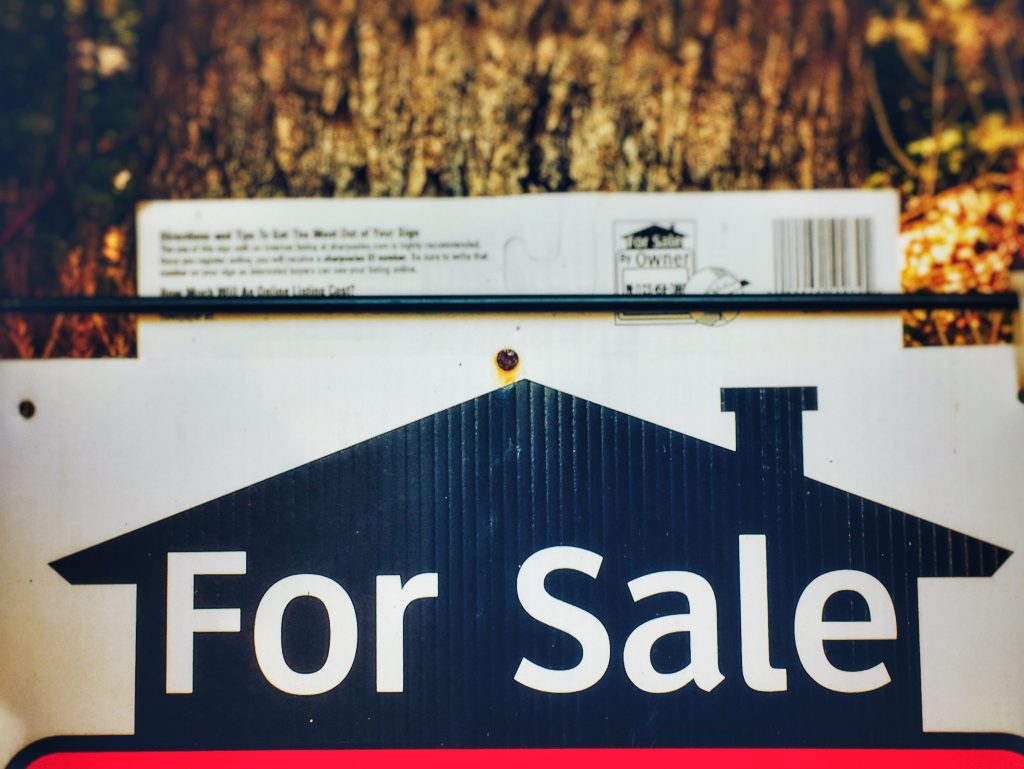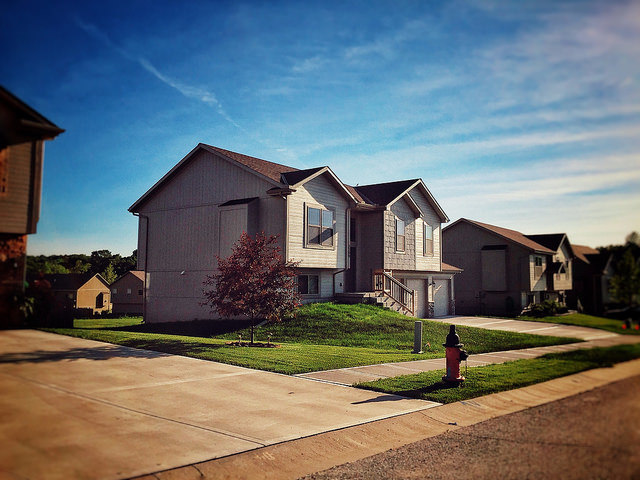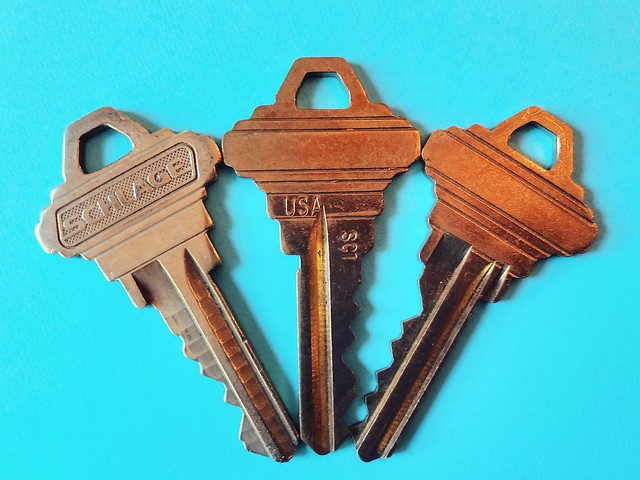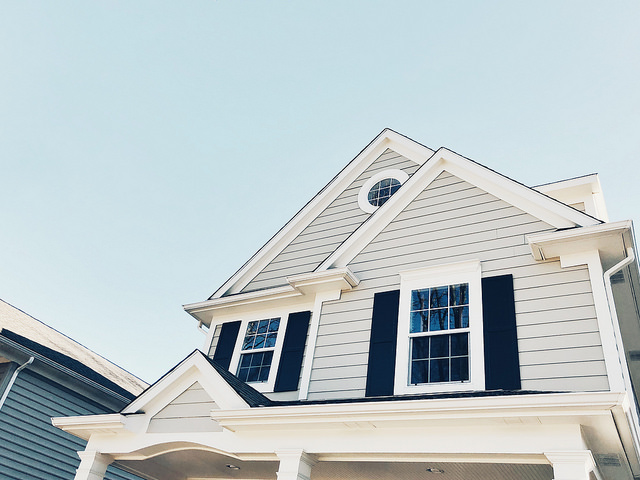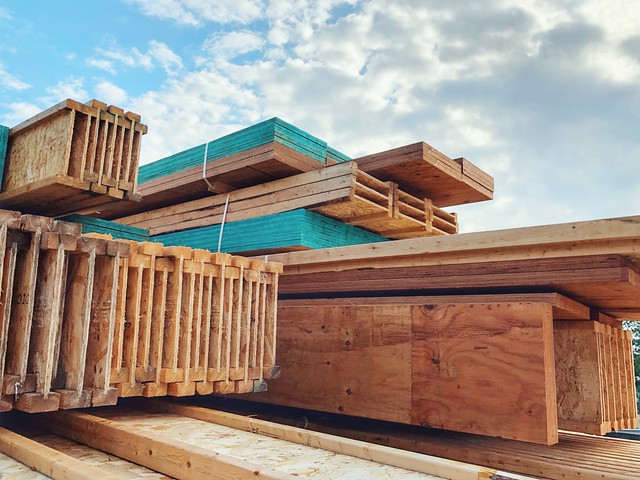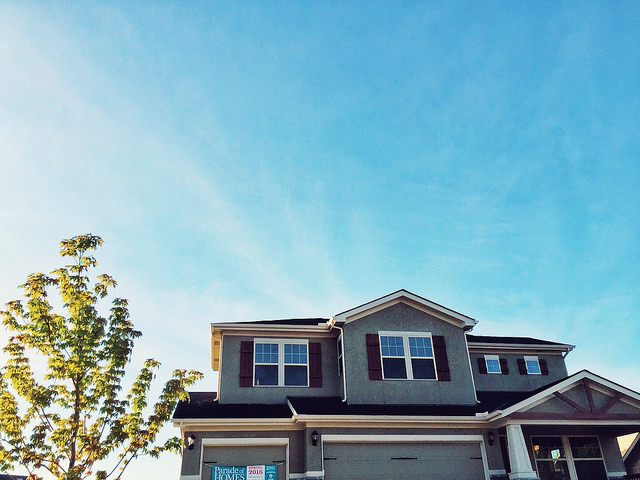The latest U.S. Home Affordability Report from ATTOM Data Solutions has good news and bad news for buyers. The report – which measures major homeownership expenses against average wage info – found the cost of a median-priced home currently consumes 32 percent of the average national wage, which is higher than the 28 percent guideline commonly used by lenders. That means affordability is still challenging in most markets across the country. The good news? It seems to have plateaued. “Home affordability is in a holding pattern this quarter – financially stressful for average wage earners but not changing much,†Rob Barber, ATTOM’s CEO, says. “This is not unusual during the winter lull when home prices level out. A recent small decline in mortgage rates surely hasn’t hurt either for fledgling buyers.†The report found affordability levels virtually unchanged during the first quarter of 2025 from the quarter before. Affordability was also flat from where it was one year earlier. (source)
